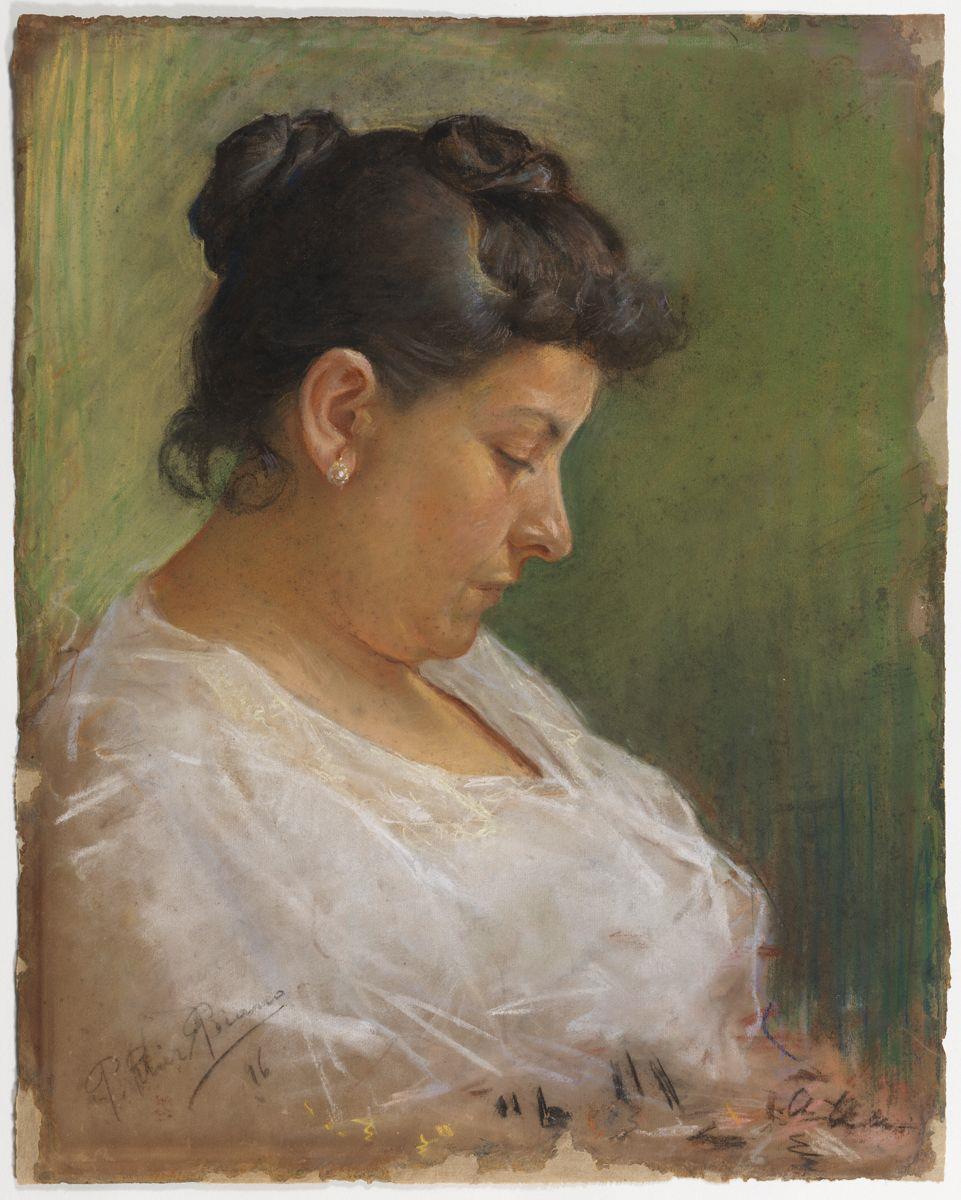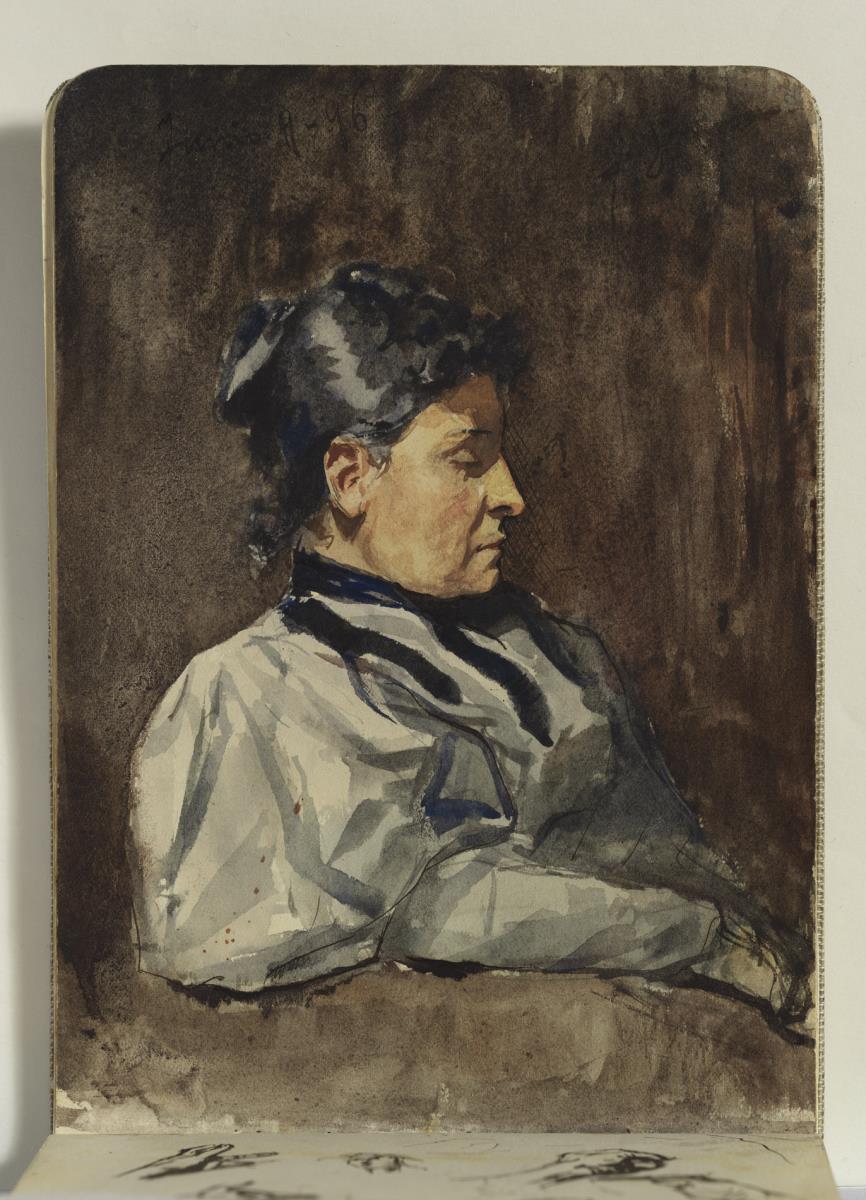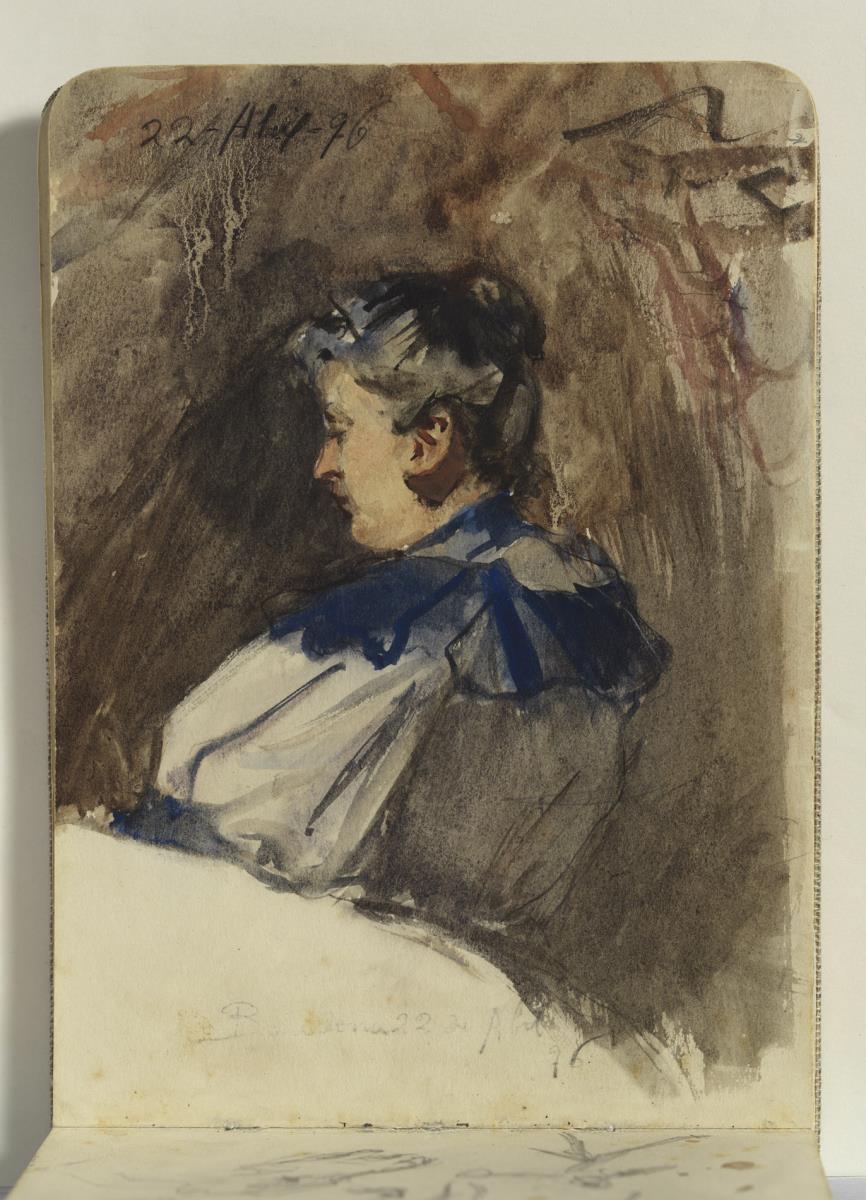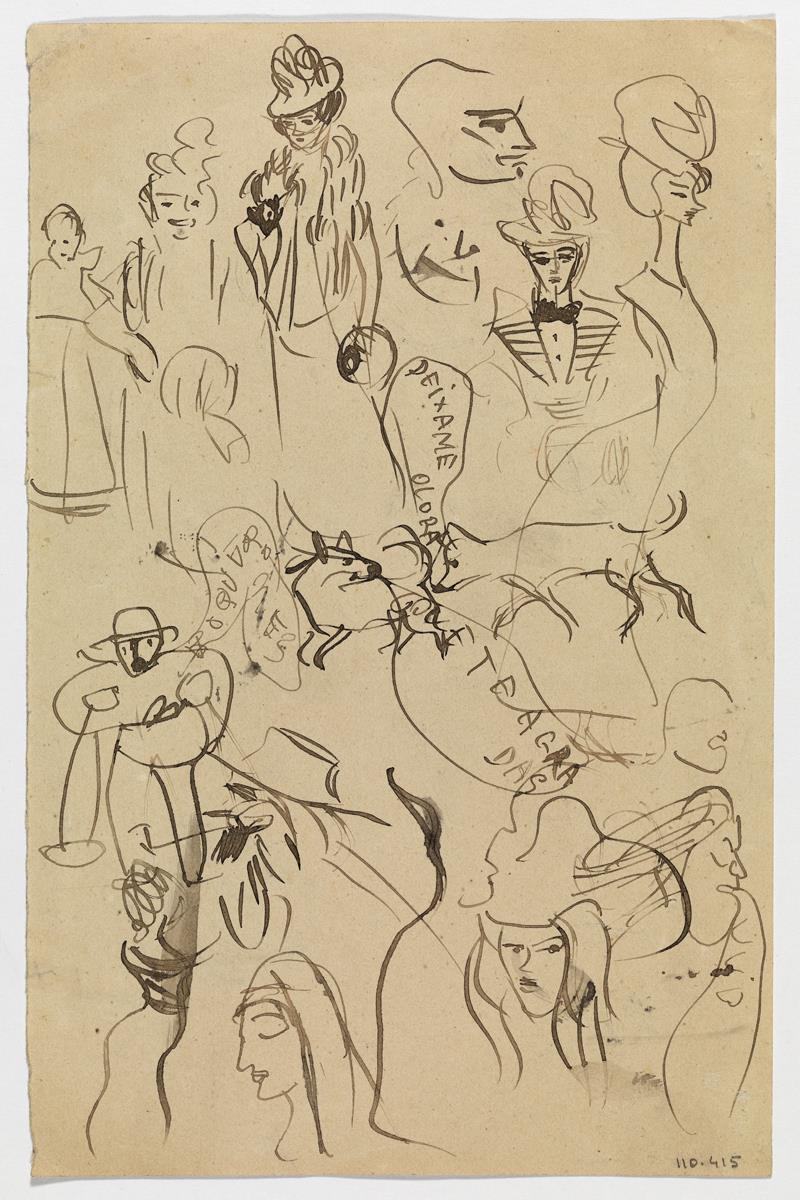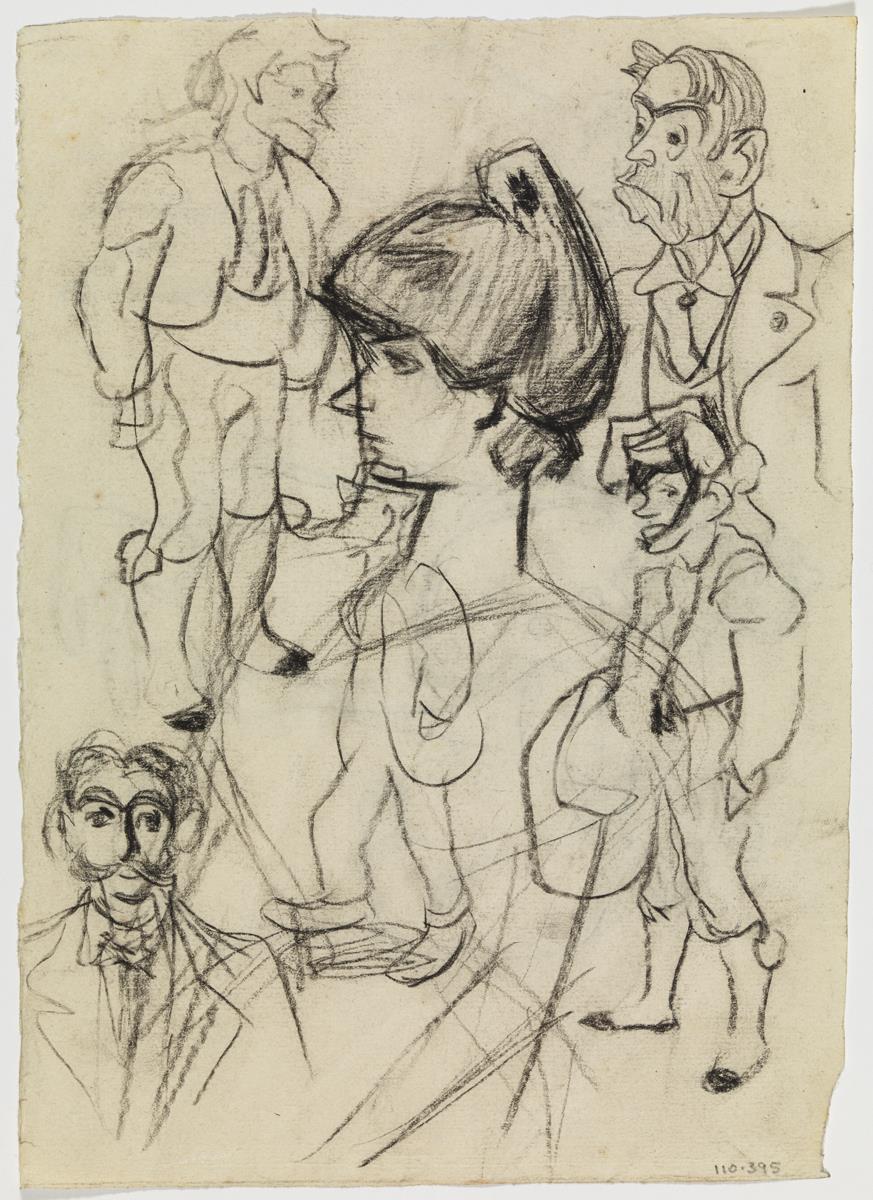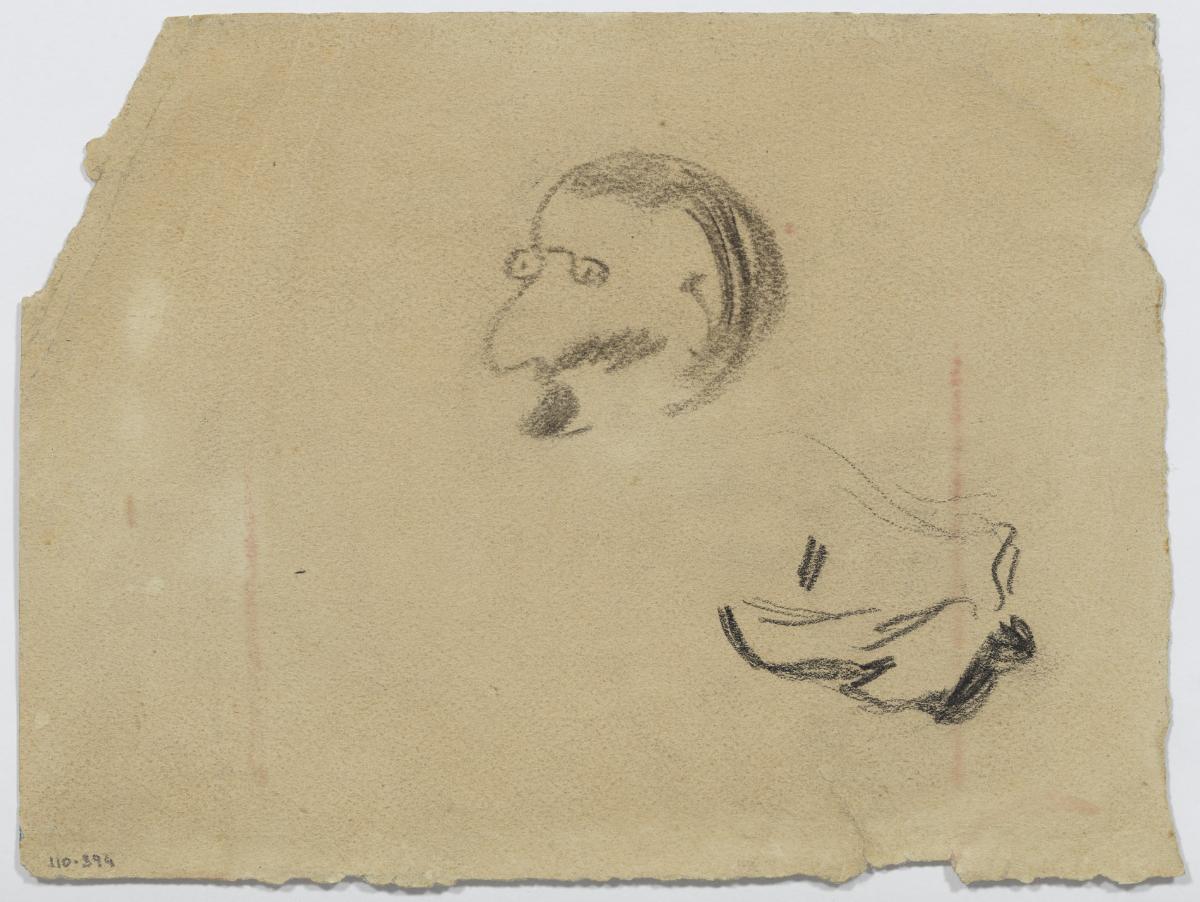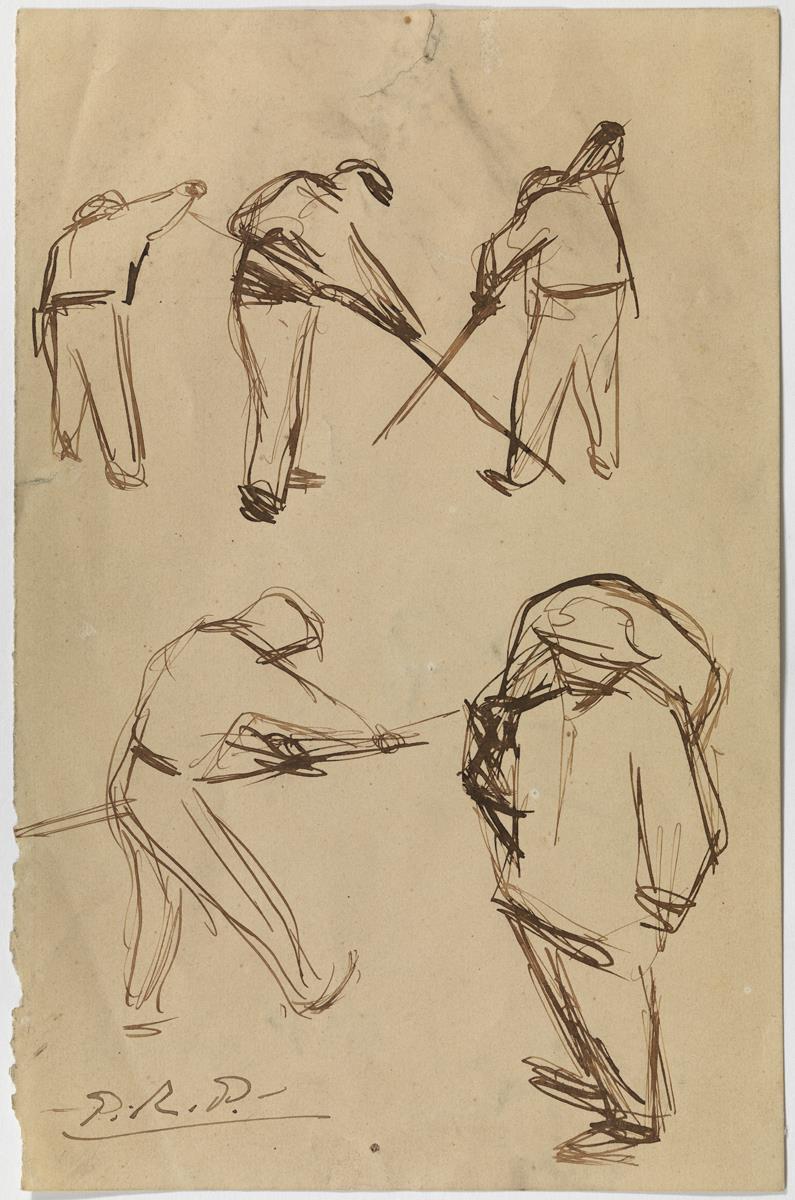The Artist's Mother
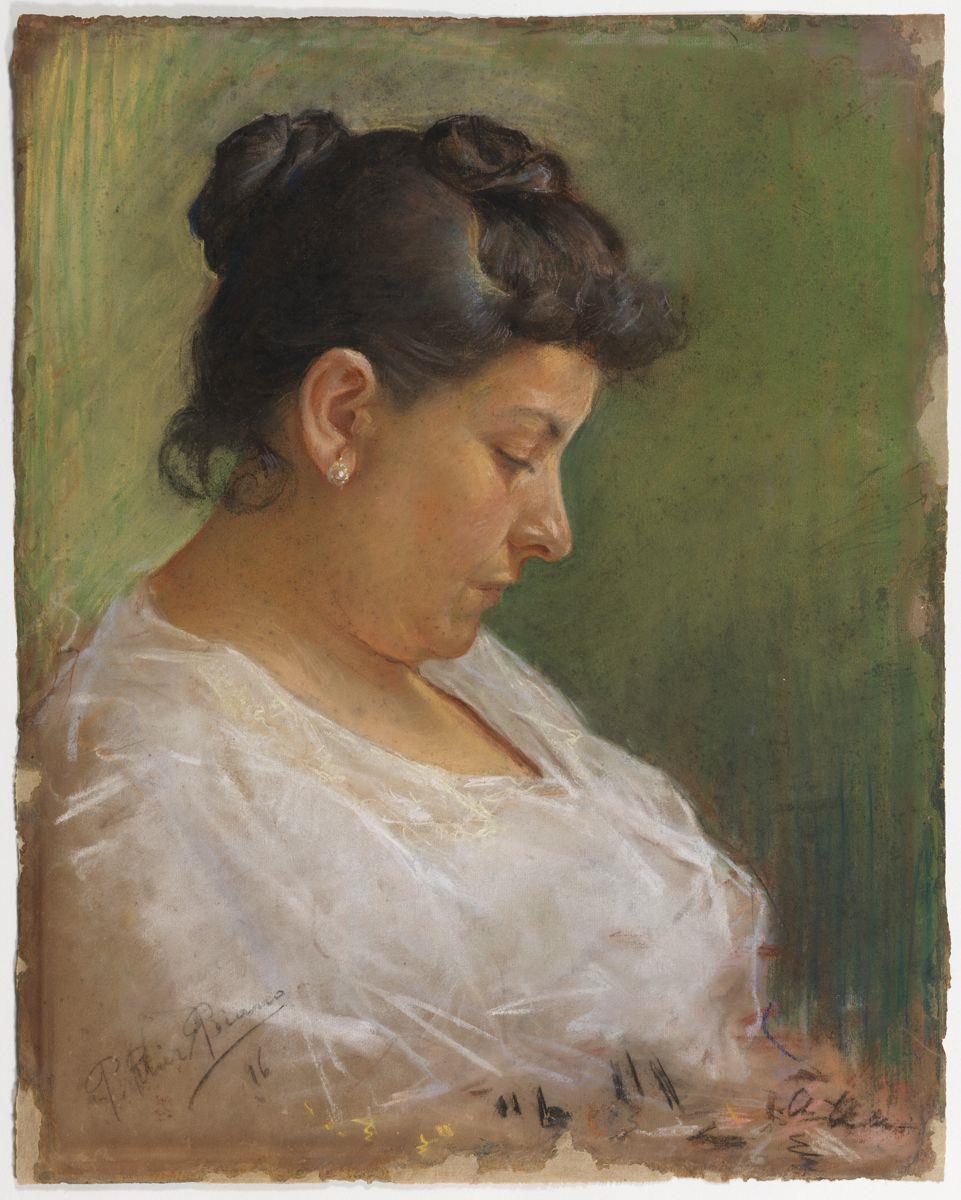
The Artist's Mother
1896
The Artist's Mother
The portrait of María Picasso López illustrates the technical skill the artist had already acquired at the age of fifteen. Working in pastels requires a good command of line and colour, i.e. both of draughtsmanship and painting, and this was a favourite speciality of many portrait painters in eighteenth-century France. Picasso, who was then training full time at La Llotja art school in Barcelona, produced the portrait in pastels on paper as an academic exercise in painting from life.
The artist managed to capture the moment his mother was resting in sharp detail, creating a harmonious ensemble that evokes an intimate vision, reproducing the atmosphere and conveying the restful expression of her face in profile. The picture has the velvety texture that characterises pastels and reveals the painstaking care taken over the figure’s volumes and features, not to mention the nuances of light and the flesh tones of the sitter’s face, her dark hair that forms a contrast with the sheer white fabric of her clothes and the glint of her pearl. Line and colour come together and the treatment of contours and the application of hues cover the entire surface.
A process of restoration and conservation carried out in 2012 revealed a previously unknown drawing on the back of the work, a bust portrait of a bearded male character wearing a hat and holding a pipe in his mouth. Executed in charcoal and plaster, or white chalk, the subject, technique and lines of the newly discovered work bear a great resemblance to those of another portrait of the same period, also in the museum’s collection.
1896
52.7 cm x 41.5 cm
Gift of Pablo Picasso, 1970
MPB 110.016

